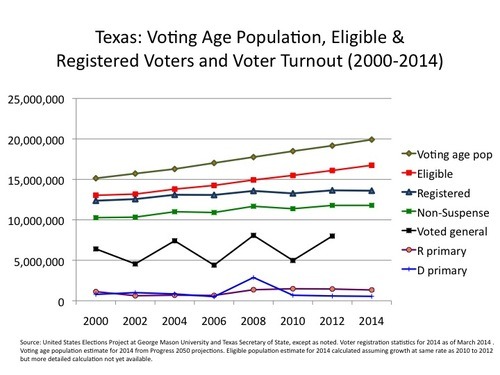The previous post includes a story that mentions the Fair Housing Act and discrimination based on physical disabilities, so here's background since it's related to civil rights policy. We don't much time - if any really - on housing discrimination since this is a survey class, but here's an opportunity to learn a bit about it since its topical. This is a bit of a loose timeline - but hopefully its instructive.
- Title VIII of
the Civil Rights Act of 1968 is the Fair Housing Act which was the law that made discrimination in the sale, rental and financing of housing based on a variety of factors including race and gender. It is intended to protect buyers and renters from discriminatory practices by landlords, sellers and financiers. As with previous civil rights legislation, it was driven into law by the Johnson Administration and was passed soon after Martin Luther King's assassination.
- The law is implemented primarily by allowing people to sue those they allege are discriminating against them. Which allows the Supreme Court to weigh in on the merit of these suits. An unsympathetic court can throw them out.
- These lawsuits are assisted by the Department of Housing and Urban Development and specifically the
Office of Fair Housing and Equal Opportunity.
Click here for how to file a housing discrimination complaint. And
click here for a statement of your rights to fair housing.
- This was expanded in 1988 to include discrimination against people with disabilities as well as families with children.
- The law was weakened in the late 1980s by making it more difficult to prove discrimination. The Supreme Court has also narrowed the definition of disability in several key Supreme Court cases.
Click here for a review of these cases.
- Discrimination against the disabled was expanded substantively in the
Americans with Disabilities Act of 1990.
- This lead to a question: What is the legal definition of a disability? "...A physical or mental
impairment that substantially limits a major life activity." What does "substantially limits" mean?
- In
Sutton v. United Airlines, the court ruled that it was acceptable for the airline to not hire pilots with poor eyesight even if glasses made their vision acceptable. Since the vision could be corrected, it did not "substantially limit" their life activity. They could be discriminated against. One does not a have a disability if there can be a corrective device - like a prosthesis - that allows for some degree of compensation.
- This was based on the courts interpretation of the original language of the ADA, so the language was altered in
amendments passed in 2008:
In 2008, effective January 1, 2009, the ADAAA broadened the
interpretations and added to the ADA examples of "major life activities"
including, but not limited to, "caring for oneself, performing manual
tasks, seeing, hearing, eating, sleeping, walking, standing, lifting,
bending, speaking, breathing, learning, reading, concentrating,
thinking, communicating, and working" as well as the operation of
several specified major bodily functions. The Act overturns a 1999 U.S. Supreme Court case that held that an
employee was not disabled if the impairment could be corrected by
mitigating measures; it specifically provides that such impairment must
be determined without considering such ameliorative measures. Another
court restriction overturned is the interpretation that an impairment
that substantially limits one major life activity must also limit others
to be considered a disability
- The Fair Housing Act has not been expanded to ban discrimination based on sexual orientation or gender identity.
If you are interested:
-
The Disability Rights Movement.
-
Timeline of disability rights in the United States.
